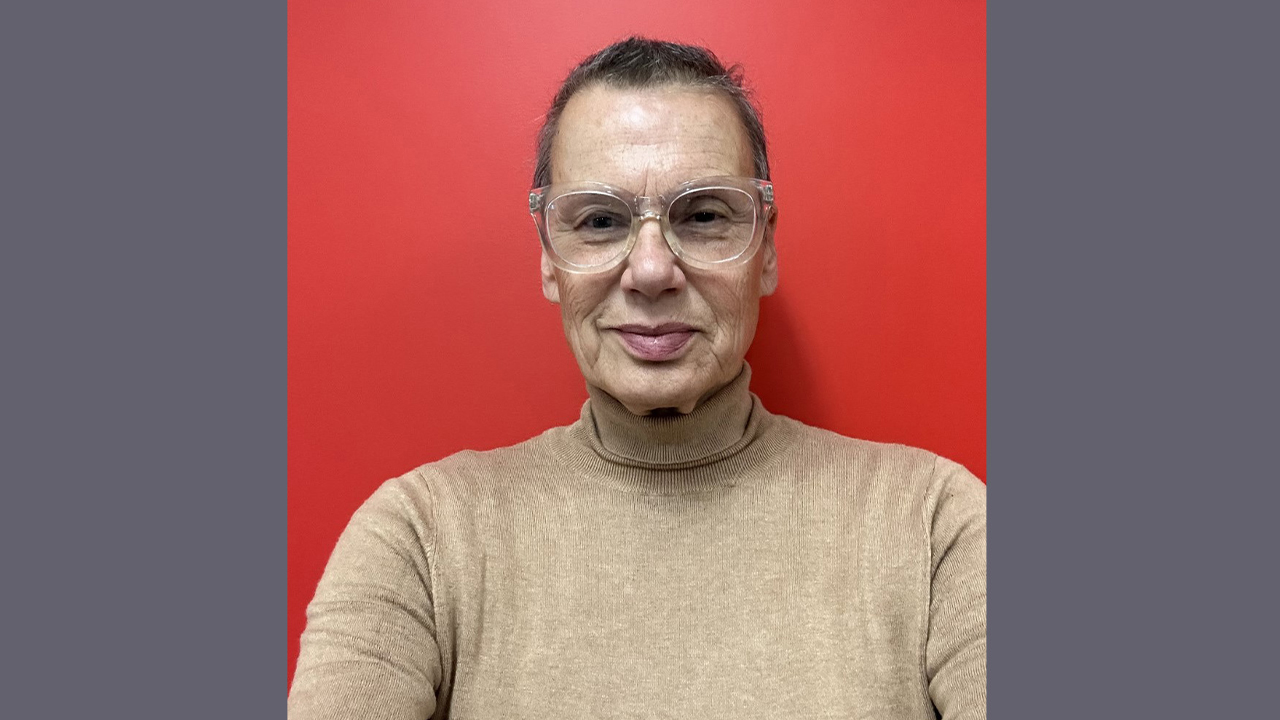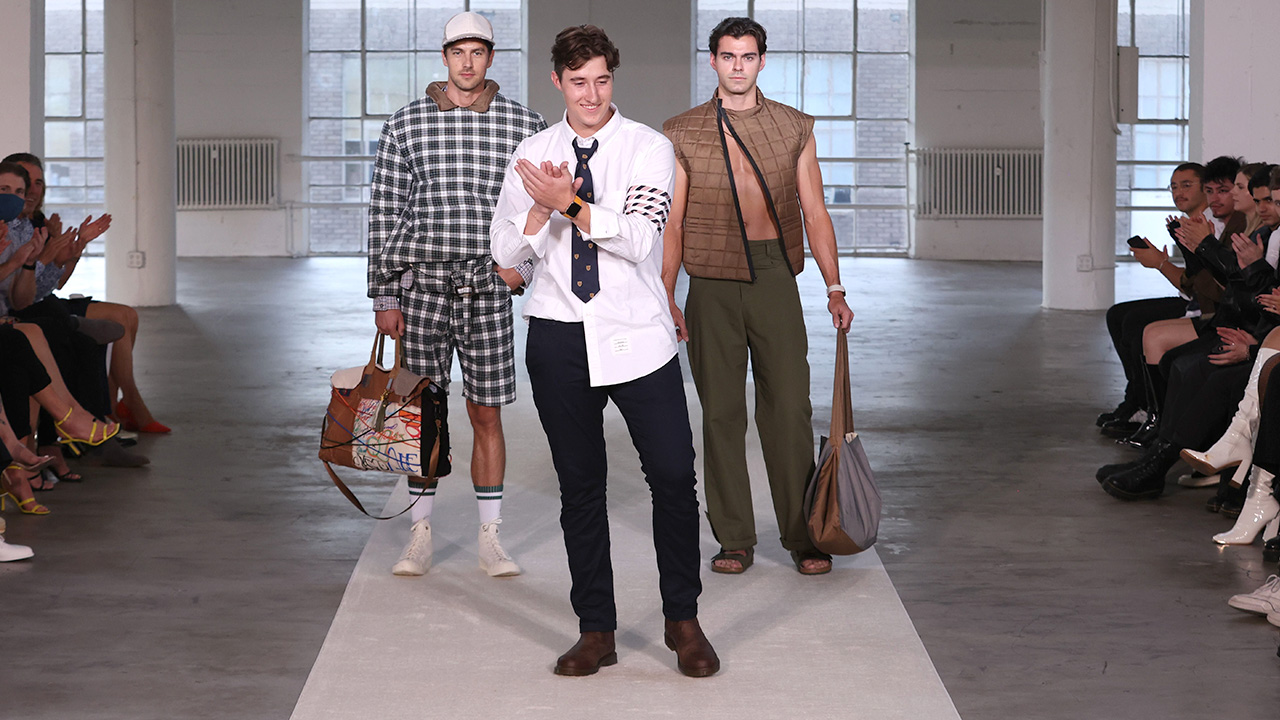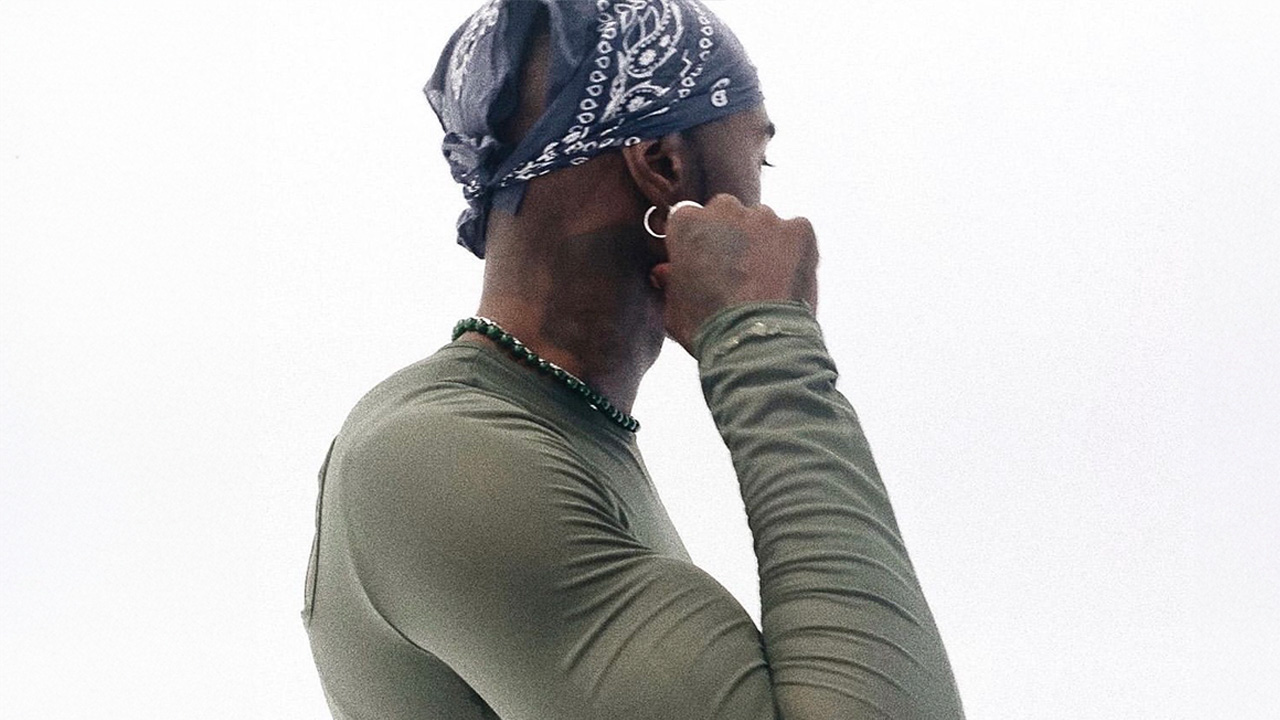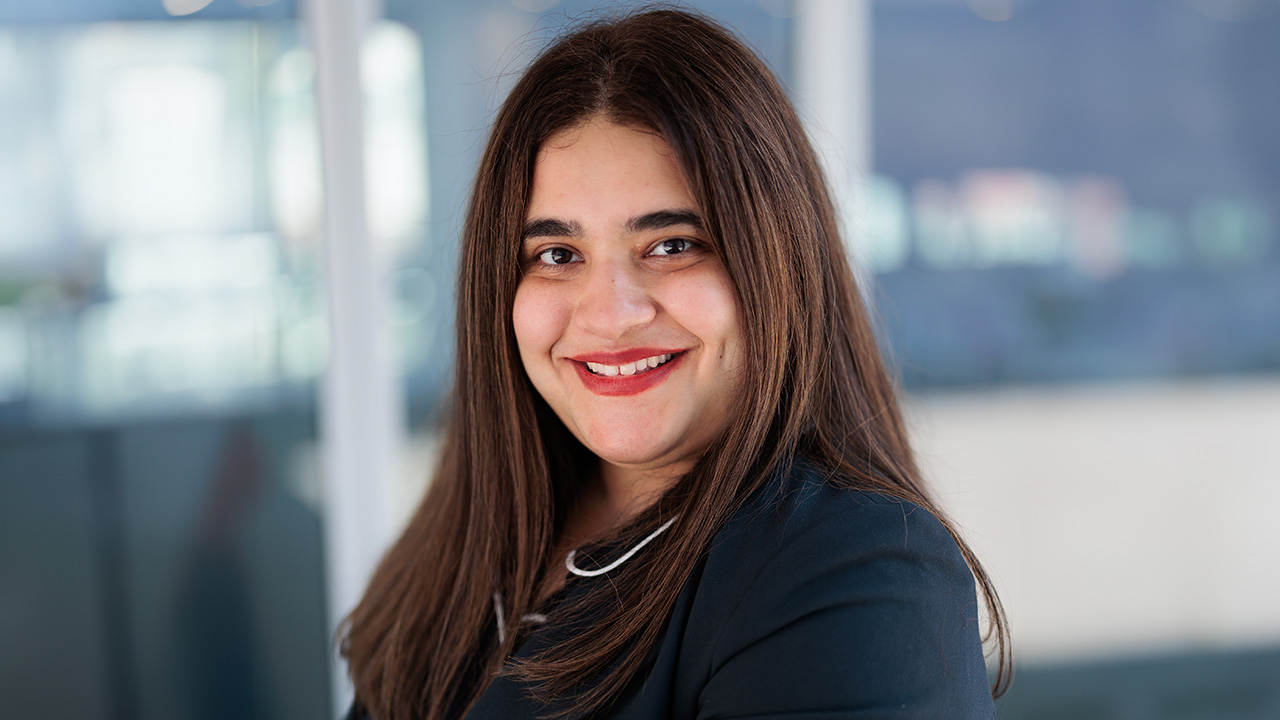
Faculty
Textiles & Materials Manager Kristine Upesleja Keeps Students Up To Date On Fiber Innovations
Kristine Upesleja, Founder and Manager of the Innovative Textiles and Materials Department in the FIDM Library, worked as a costume designer in Europe for opera, theater, and film before moving to Los Angeles in 2000. Upon discovering that the Los Angeles theater scene at the time wasn’t what she was looking for in terms of costume design, she found work at FIDM as a textile specialist, which has blossomed into a whole new career as an educator, lecturer, researcher, curator, and visionary. We checked in with Kristine to learn more.
Please tell us about your work as the Textiles and Materials Manager. What does the work encompass? How did you get started? I started my job in the textiles and materials department as the textile specialist. My previous career as a costume designer for opera, theater, and film in Europe made me qualified for this job. My love for textiles and materials is rooted in this work. I’ve always been fascinated by the possibilities of how you can treat and manipulate fabrics; you can cut, sew, dye, pleat, felt, print, and much more.
Foremost I did, and still do, help students with their assignments in the Textiles & Materials Room. How to identify the difference between a woven fabric and a knitted one, or how to identify different types of weaves. This room offers a huge variety of materials to students for free. Over the years I developed relationships with companies who generously donate materials that serve all our majors: tiles, marbles, laminates, carpet, wallpaper, fabrics, trims, color chips, and more.
My true love is the Textiles & Design Research Room which I founded 14 years ago. Back then I stumbled upon an article that promoted the collaboration between Italian menswear brand C.P. Company and artist Moreno Ferrari. They invented a raincoat that could be turned into an inflatable mattress. They called the line Urban Protection. I was so fascinated by the concept that I contacted C.P. Company and asked if the FIDM Library could have it on loan to showcase it.
They sent me the coat, which was the start of everything, including the launch of my annual Innovative Materials Conference and Exhibit. Pre-pandemic the exhibit took place once a year in October and also traveled to the other campuses and even abroad to Latvia, where I was invited to speak at the Academy of Art.
Since then I continuously research new fibers, technologies, and materials. With the generous financial support of FIDM I have been able to acquire an impressive collection of innovative garments that represent the latest technologies in today’s rapidly changing textiles and design industries. Sustainability, of course, is at the forefront of all my research, but also wearable tech and the growing interest in digital design.
We regularly have visitors from all over the world, and from international companies such as G-Star, GUESS, Levi’s, and more, who are deeply impressed by this collection. As the Founder and Manager of this department, I’m constantly giving presentations about trends and concepts for a new materials world to our FIDM students and faculty, as well as visitors from other local schools such as USC, UCLA, ArtCenter (where I’m also an associate professor), and California State University, Long Beach.
I also lecture internationally. I have been invited to Shanghai for Fashion Week, to Taipei, Montreal, New York, and Europe. Beginning in 2017, I traveled once a year to Osaka, Japan to lecture at the UEDA College of Fashion. When the pandemic happened I took my lectures online. UEDA also invited me to judge their annual fashion drawing and fashion design competition.
You also run your own consulting firm, Madisons Innovative Materials. What inspired you to start the business? It started out of the many requests I received from people who are interested in sustainability and the transformation of materials. Most of them have seen me lecturing or discussing specific topics on panels, or they have visited me in the library. Once people learn about the environmental issues the fast fashion industry is causing and the plastic problem the entire world is facing, they start to look more closely into it and think: how can I make this world a better place? How, as a designer, can I make the right material choices so my designed objects won’t end up in landfills but can instead be either recycled, repurposed, or even biodegrade. Which is the right material? I help to find these materials that are environmentally friendly.
Through your work you’re able to encourage others to seek out more sustainable options in design. Who inspires you currently? Everyone who seeks for alternative solutions to our waste problem. One example is the Los Angeles-based company Circular Systems S.P.C., who won the 2018 H&M Global Change Award with their newly developed fiber called Agraloop™. It’s made from food crop waste such as oilseed flax, rice straws, banana tree trunks, pineapple leaves, and sugar cane bark. The great thing about Agraloop™ is that it is already pliable and commercially available. You can buy garments at H&M made with Agraloop™.
Another example is local designer Adam Taubenfligel, who creates sustainable denim for his brand Triarchy. They offer transparency in their production processes on their website.
What do you think is on the horizon in textile innovation? CIRCULARITY is the buzzword. Developing new fibers from materials such as food, plant, plastic, and textile waste. Fibers made from textile waste or plant-based leather-like materials and synthetics are on the rise. Some biotechnology start-ups like Bolt Threads and MycoWorks are also experimenting with mycelium, the underground root-like system of fungi, to develop a bio-based “mushroom leather” and are drawing the attention of established design houses like Stella McCartney and Hermès to create products with the new material. Stella McCartney worked with Bolt Threads to release the first commercially available bag last year.
Other innovators include a Japanese company, Toray, who just recently sent me a fascinating nylon fabric made from plant waste, and Sweden-based Renewcell, who provided samples made from textile waste.
The entire activewear industry is changing its approach to textiles. If you look at our Trend Predictives in the library you can tell that many of them promote sustainable technologies. Unfortunately, the majority of companies who pursue a new approach are based in Europe. Not many US-based companies are doing so. We are just at the beginning and not everything that has been hyped will make it to production. However, creating the awareness that something needs to change in our consumer behavior, industry production, and recycling processes is essential.
Anything else you’d like to share? A new approach and expertise is required when it comes to textiles and technology. We need to merge three industries: Design, Science, and Technology. Collaborations with other industries are inevitable. It is fascinating to see how much the materials world is changing. We need to educate ourselves and our students to stay current and on top of the flow. New job descriptions such as Design Futurist, Synthetic Biologist, and Materials Alchemist will be necessary to move forward. Designers need to explore electronics, software, bioengineering, and a new retail world.
Pay attention to the latest developments and DON’T deny the changes that ARE happening. Pay attention to the latest developments in digital design but don’t forget with all the hype around AI/AR/VR and CLO and BROWZWEAR that at the end of the day, as a designer, you still need to deal with the real stuff. You need to know how a fabric performs, how it feels, and what the properties are. This is why I am here to help you!
Categories: Faculty




